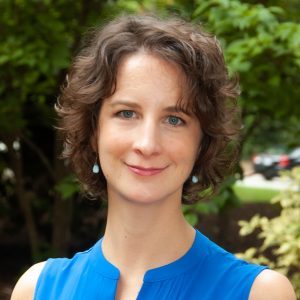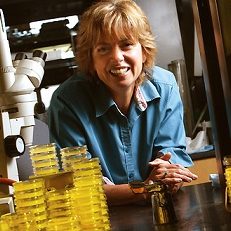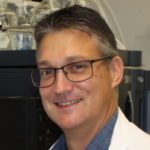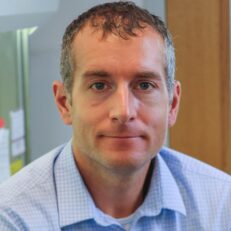Cool articles/publications
Collaborators and Friends
The Gordon Lab at UNC studies interactions between the germ cells and somatic support cells of C. elegans. We want to learn how the germ stem cells influence their niche and vice versa, and how these interactions change over developmental and evolutionary time.

Kacy Gordon, Ph.D. (UNC-Chapel Hill)
The research focus of the Tighe laboratory at Duke is to identify susceptibility factors and candidate pathways relevant to host biological responses to environmental pollutants that acutely induce respiratory symptoms and exacerbate chronic lung diseases.

Robert Tighe, M.D. (Duke)
The Molecular Mechanisms of Cellular Stress and Inflammation Unit at NIDA, led by Dr. Harvey, focuses on the role of endoplasmic reticulum stress and inflammation in neuronal dysfunction caused by substance abuse or neurodegenerative diseases.

Brandon Harvey, Ph.D. (NIDA IRP)
The Driscoll lab at Rutgers uses the powerful model system C. elegans to decipher conserved molecular mechanisms of cellular function and dysfunction. The main problems they investigate are neuronal degeneration and regeneration and the biology of aging.

Monica Driscoll, Ph.D. (Rutgers)
The Meyer lab at Duke studies the effects of environmental stressors on mitochondrial function and mitochondrial DNA damage, and how those effects translate to stress at the cellular and organismal level, working primarily in C. elegans and cell culture.

Joel Meyer, Ph.D. (Duke)
The lab of Dr. Grover Miller at UAMS studies xenobiotic metabolizing enzymes with a major focus on oxidative metabolism and cytochromes P450. Using innovative and multidisciplinary approaches, the Miller lab combines computational and biochemical approaches to characterize and predict chemical metabolism and bioactivation.

Grover Miller, Ph.D. (UAMS)
The Kassotis Lab at Wayne State University uses zebrafish, cell culture, and mice to study adipogenesis driven by exposures to environmental chemicals and pharmaceuticals.

Chris Kassotis, Ph.D. (Wayne State)
The Mindy Engevik lab at MUSC studies all things bacteria – bacterial communities in the microbiome, bacterial metabolism and oxygen utilization, and bacteria interactions with mucus. We have many exciting projects collaborating with her group.

Mindy Engevik, Ph.D. (MUSC)
The lab of Dr. Patrick Mulholland at MUSC studies molecular mechanisms by which chronic alcohol leads to excessive drinking, alcohol-biased choice behaviors, cognitive impairments, negative affective behaviors, and aberrant structural and functional plasticity.

Patrick Mulholland, Ph.D. (MUSC)
